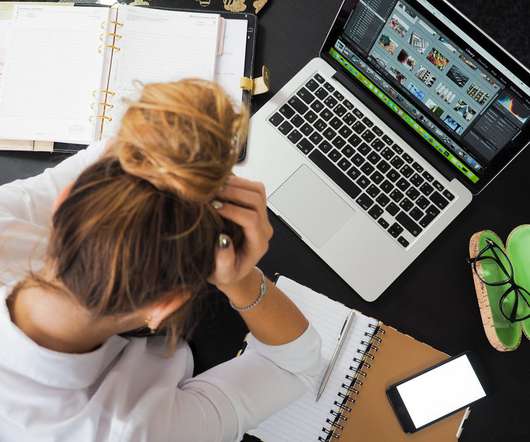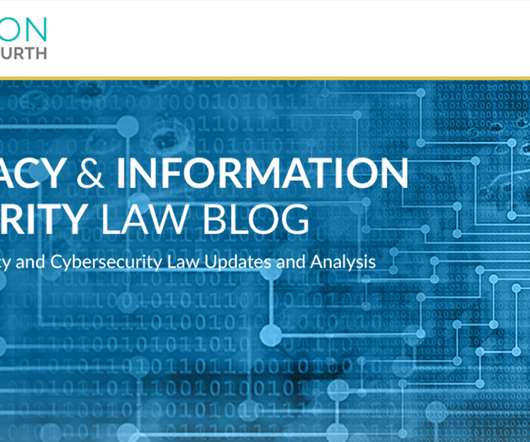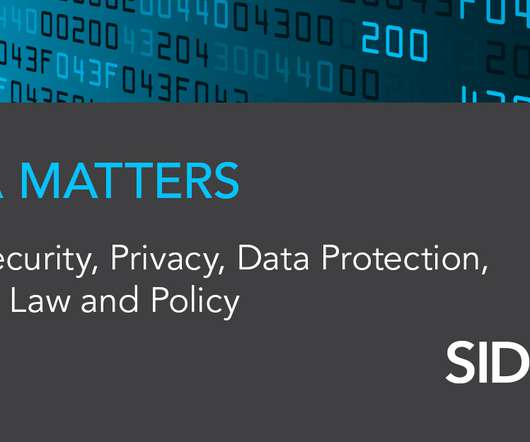GDPR: lawful bases for processing, with examples
IT Governance
MARCH 13, 2020
First published June 2018. An ‘affirmative act’ means the data subject has to opt-in – you cannot assume their consent, for example by using pre-ticked boxes on your website. For example, when you process staff data for payroll purposes, contractual obligations will apply, as staff will have signed a contract of employment.




















Let's personalize your content